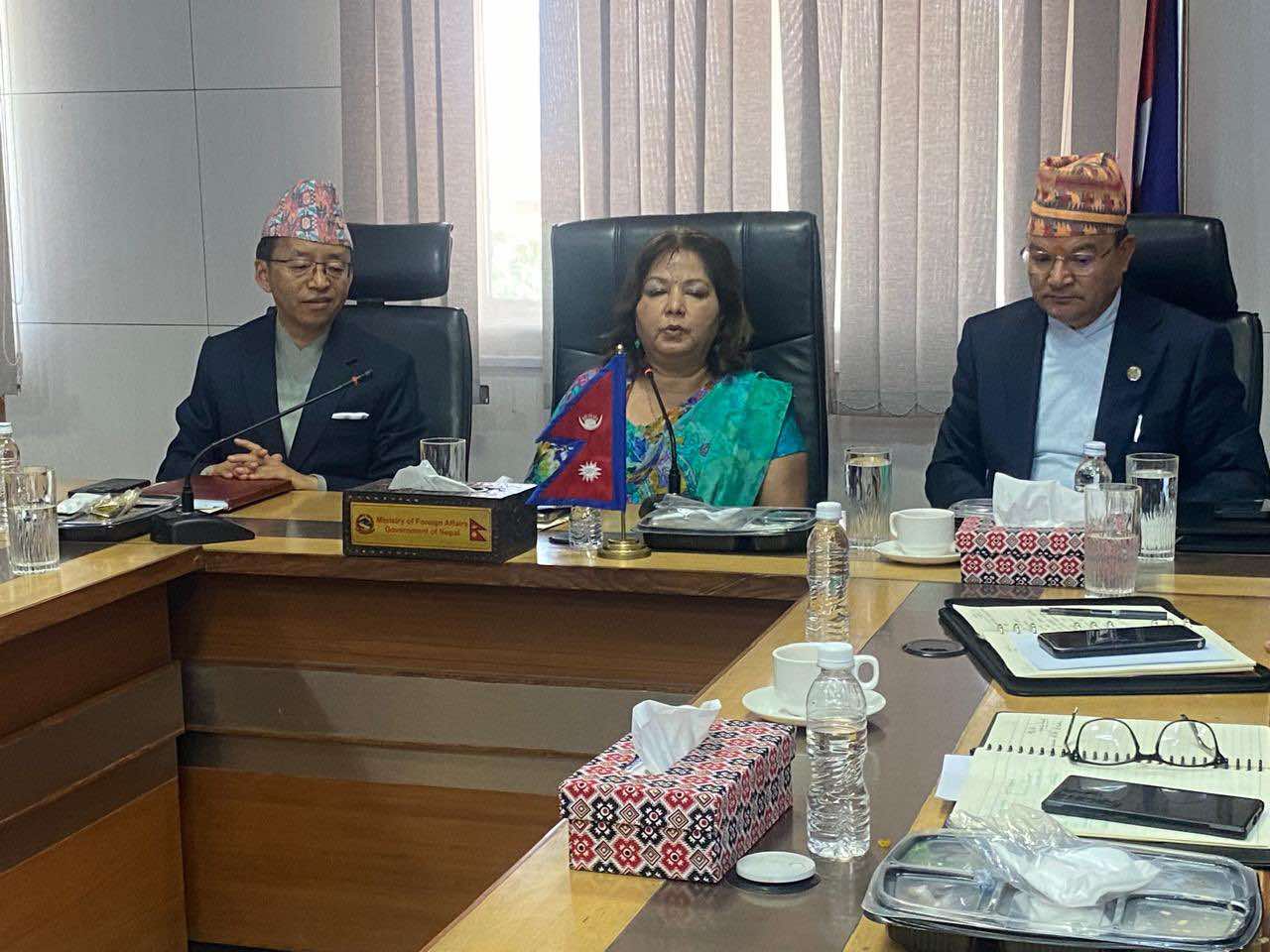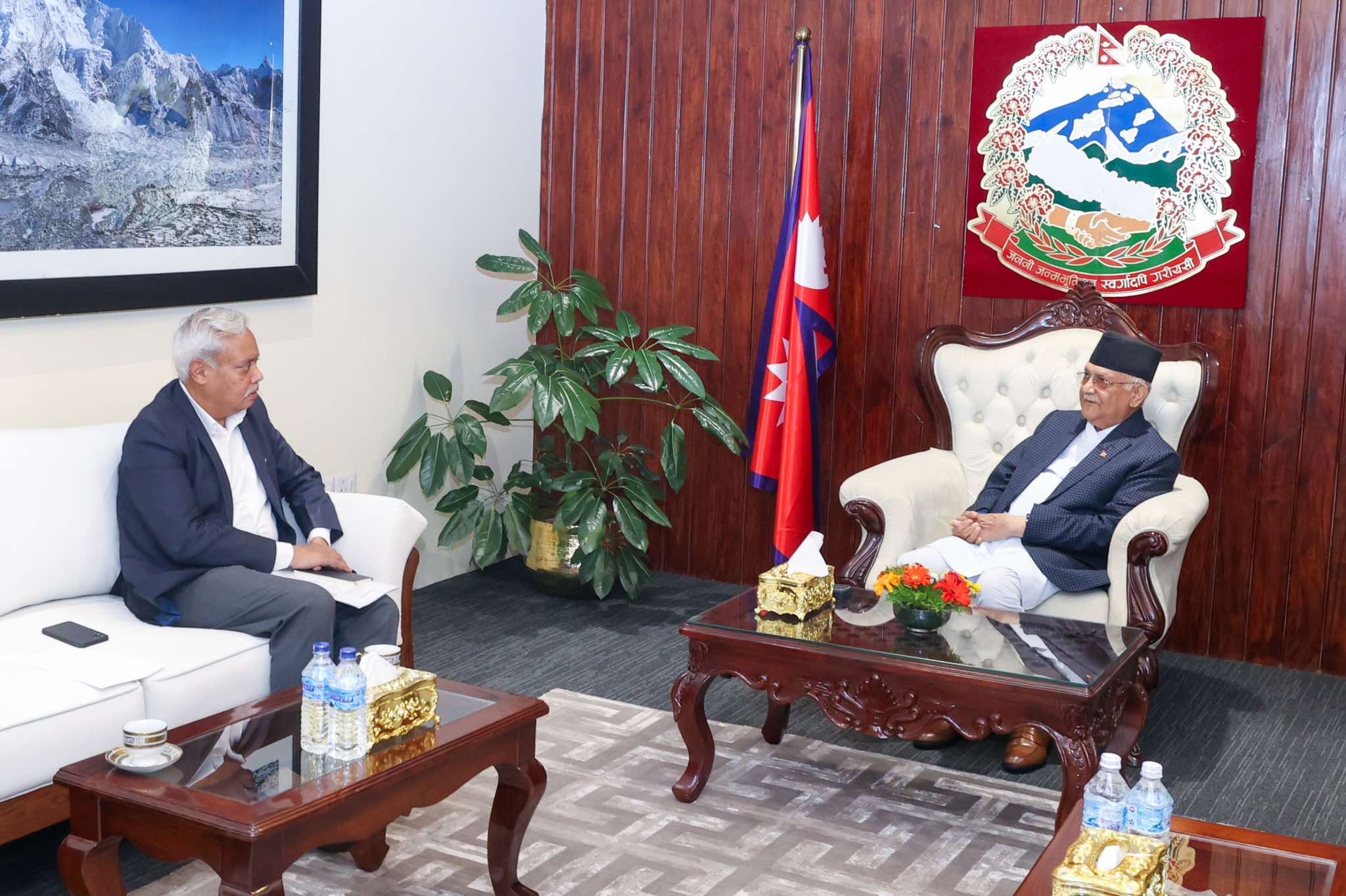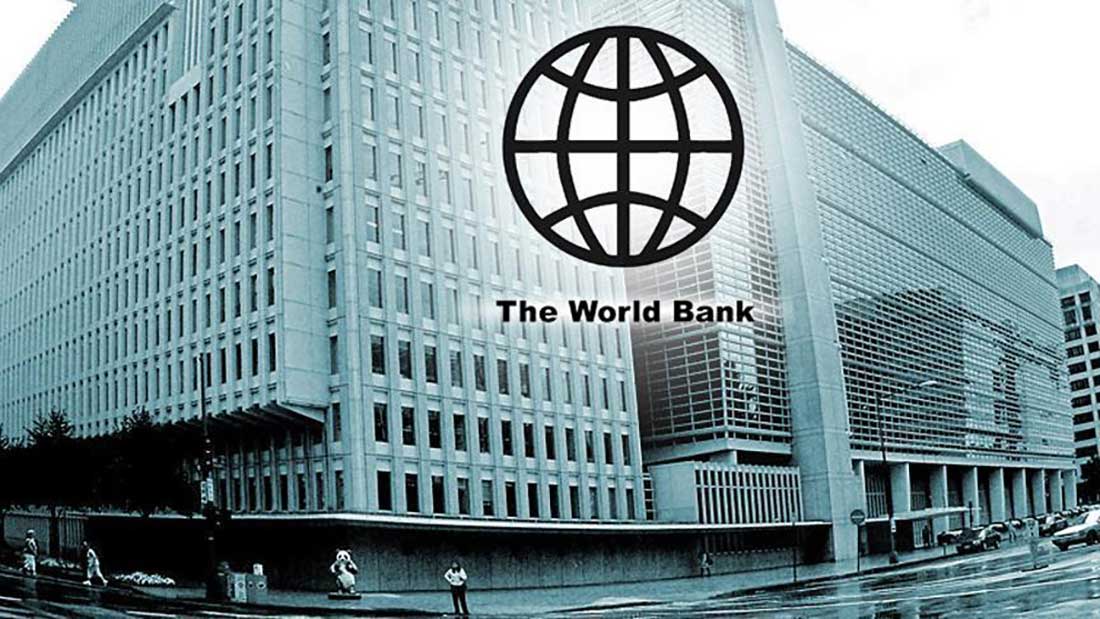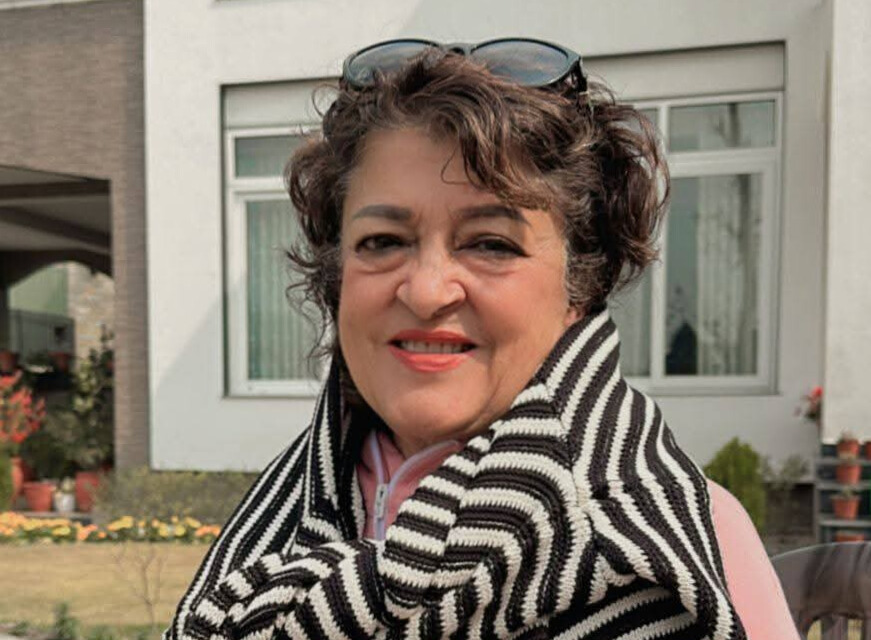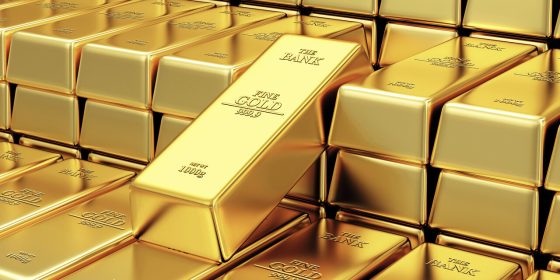
Kathmandu: The price of gold has risen by NPR 1,500 per tola on Friday. According to the Nepal Gold and Silver Dealers’ Association, the price of gold, which was NPR 155,600 per tola the previous day, has now reached NPR 157,100.
Earlier, on the last day of the Nepali month of Bhadra, gold had hit a record high of NPR 157,300 per tola.
Similarly, the price of silver has also increased. The price of silver, which was NPR 1,880 per tola the previous day, has gone up by NPR 35, reaching NPR 1,915 per tola.
The recent rise in the price of gold and silver in Nepal is part of a broader global trend driven by various economic and geopolitical factors. The price of gold, traditionally a safe-haven asset, tends to increase during times of economic uncertainty, inflation, and currency fluctuations. Several factors can explain the rise in precious metal prices, both in Nepal and globally.
The Federal Reserve’s decision to cut interest rates by half a point has direct and indirect implications for the global and local economies, including precious metals markets like those in Nepal. Interest rate cuts generally have a stimulative effect on the economy, but they also influence commodity prices, especially safe-haven assets such as gold and silver.
Impact of Federal Reserve’s Rate Cut on Gold Prices:
Lower Opportunity Cost of Holding Gold: Gold is a non-yielding asset, meaning it doesn’t generate income like interest or dividends. When interest rates are high, investors prefer to hold assets that generate returns, such as bonds or savings accounts. However, when the Federal Reserve cuts interest rates, the opportunity cost of holding gold decreases, making gold more attractive to investors. This tends to drive demand for gold, leading to an increase in its price.
Weaker U.S. Dollar: A rate cut by the Federal Reserve typically weakens the U.S. dollar. A lower interest rate reduces returns on dollar-denominated assets, making them less attractive to global investors. As the dollar weakens, commodities like gold that are priced in U.S. dollars become cheaper for investors holding other currencies, boosting demand. This inverse relationship between the dollar and gold is a key factor in the recent rise in gold prices globally, including in Nepal.
Inflation Hedge: Lower interest rates can lead to higher inflation over time, as borrowing becomes cheaper and consumer spending increases. When inflation rises, the purchasing power of fiat currencies decreases, and investors often turn to gold as a hedge against inflation. The Federal Reserve’s decision to cut rates is seen by many investors as a sign that inflation could rise in the near term, further increasing gold’s appeal.
Boost in Global Liquidity: Lower interest rates stimulate economic activity by making borrowing cheaper for businesses and consumers. This increased liquidity often finds its way into different asset classes, including commodities. As global liquidity rises due to rate cuts in major economies like the U.S., demand for assets like gold and silver increases, pushing prices higher.
Impact on Nepal’s Precious Metals Market:
Import Costs and Currency Impact: For Nepal, which imports most of its gold, the Fed’s rate cut and subsequent weakening of the U.S. dollar can have mixed effects. While a weaker dollar may make imports cheaper in nominal terms, the value of the Nepalese Rupee relative to the dollar and other global currencies plays a crucial role. If the rupee depreciates alongside the dollar, the benefits of lower gold import costs may not be fully realized, and local prices could still rise.
Increased Demand During Economic Uncertainty: The Fed’s rate cut can also be interpreted as a response to economic challenges, such as slowing growth or geopolitical risks. This uncertainty encourages global investors to seek safe-haven assets, further driving up gold prices internationally. In Nepal, this global trend can compound with local factors, such as the festive season, leading to even higher demand and rising prices for gold.
Investment Trends: Lower interest rates globally, including in the U.S., push investors toward alternative assets that can store value or generate returns. In Nepal, where savings and investment opportunities are limited compared to more developed economies, rising gold prices might spur further investment in precious metals, seen as stable long-term stores of value.
The Federal Reserve’s decision to cut interest rates by half a point has a ripple effect that extends far beyond the U.S. economy, influencing global commodity markets and investment behaviors. For Nepal, the rate cut contributes to the recent rise in gold and silver prices, driven by increased demand for safe-haven assets, a weaker dollar, and inflationary concerns. While local factors such as festive demand and currency fluctuations play a role, the international context, particularly the Fed’s monetary policy, remains a key driver of precious metals prices in the Nepalese market.



